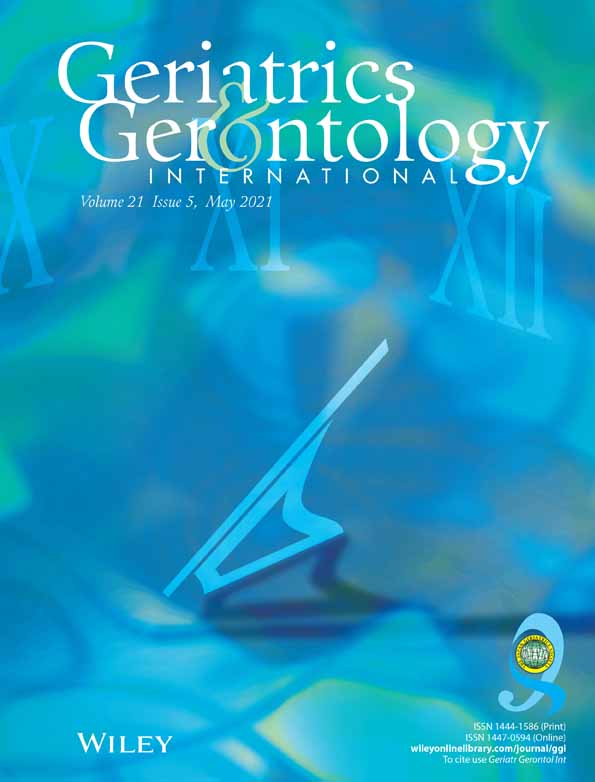Handgrip strength: Should repeated measurements be performed in both hands?
Abstract
Aim
We aimed to determine whether both hands should be tested for handgrip strength and whether it is necessary to perform repeated measurements in each hand.
Methods
The data were obtained from the Korea National Health and Nutrition Examination Survey conducted from 2014 to 2018. The participants performed three trials of handgrip strength measurement for each hand alternately, with 60-s rest between the trials. From this pool of data, we included 23 901 participants aged ≥19 years who had completed surveys on the handgrip strength test, and obtained their medical history.
Results
The dominant hand had a significantly stronger handgrip strength than the non-dominant hand (32.75 ± 0.10 vs. 30.95 ± 0.09 kg, P < 0.001); however, 26.4% of the subjects had stronger handgrip strength in the non-dominant hand. During the three repeated measurements, the handgrip strength gradually increased; however, the mean difference between the trials (0.579 and 0.104 kg) was below the noninferiority threshold. In older adults, however, the mean difference in the handgrip strength between the first and the second trial was higher than the noninferiority threshold.
Conclusions
While the handgrip strength gradually increased during three repeated measurements, the difference was clinically important only in older adults. Hence, we suggest that the handgrip strength should be measured in both hands and at least twice in older adults, whereas a single attempt provides a maximal value in younger adults. Geriatr Gerontol Int 2021; 21: 426–432.




